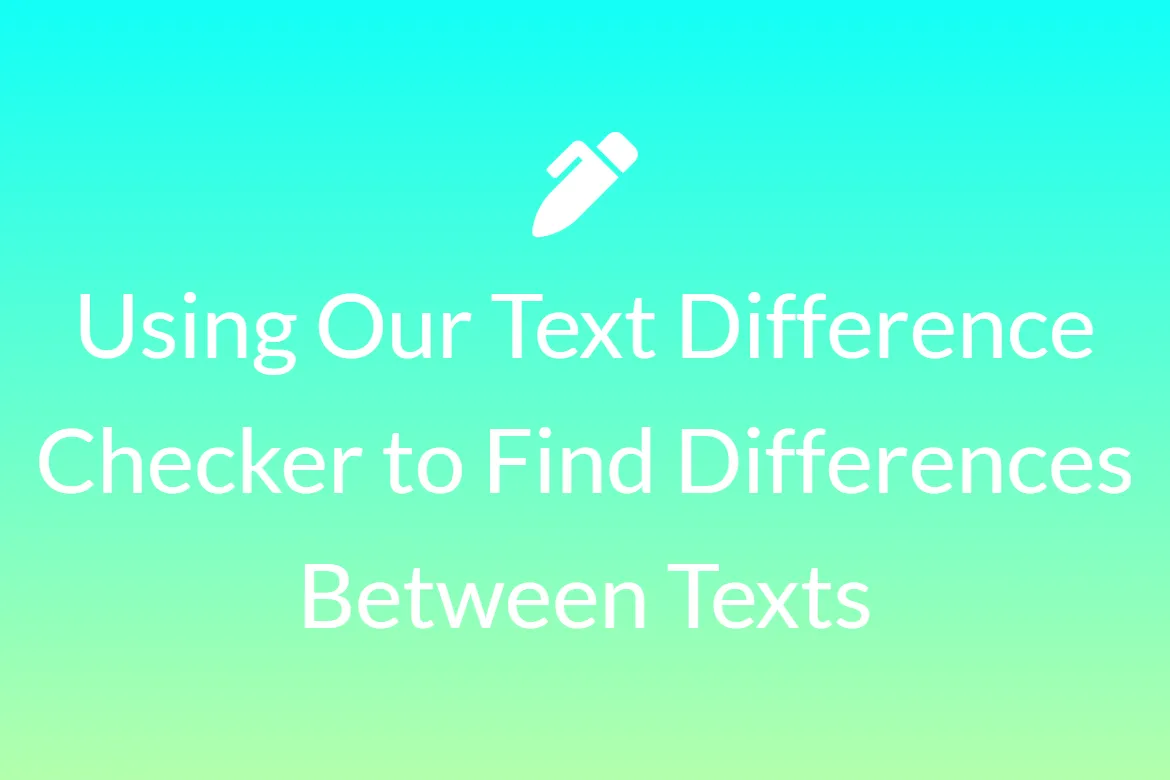Photography vs video. It almost sounds like a game, but for serious photographers and videographers, it’s an aspect ratio territory war! Two popular cinema aspects 16:9 and 4:3 aspects ratios have gained prominence in the industry. They both have their appeal, but which one is better suited to your project? Well, they’re not much different really – but in some cases, one might be better than the other. Read on to discover which one suits you best!
A video with a ratio of 16:9 is 78% as wide as it is tall. This means you can fit more into the frame, without losing relevance for how your audience will see it. Post-production photos are better suited to having a 4:3 aspect ratio. Because when you are 33% wider than you are tall, anything with depth and dimension looks smooth and pristine. Generally speaking, each camera has its best footage when shooting in a square or narrow rectangle shape instead of a large rectangle - defaulting to that shape if no other is specified. That way, the shots will be centered by default and crisper on every device of any size. There is also wiggle room if exporting in multiple formats or sizes/layouts (more square or rectangular pictures.)
Aspect ratios are one of the many things you need to be aware of when filming anything. And if you’re not familiar with this, you have come to the right place because we have everything you need to select among 16:9 vs 4:3 vs 3:2 aspect ratios. Let’s go over some of the different aspects of aspect ratios that pertain to video so that you can make an educated decision about what aspect ratio is best for whatever type of video production project we’re working on together!
What Does Aspect Ratio Mean?
The aspect ratio of your image is the difference between its width and height. A 16:9 aspect ratio, for example, would be 16 inches wide by 9 inches long. There are several aspect ratios to choose from in photographs and films. This is determined by how and where you want to exhibit your images.
Even though there are many more aspect ratios than 16:9 and 4:3. They are the most often used in photography and video. A third frequent aspect ratio in modern photography is 3:2, which is equal to a full-frame sensor’s 35mm size.
Your camera learns which parts of your frame you want to record with each aspect ratio modification. You will have a lesser horizontal resolution due to the 16:9 aspect ratio. However, it will look better on most contemporary televisions and computer monitors.
As a result, the aspect ratio of a photograph or video is generally determined by its intended use. What format do you want to present it in, and who will view it?
What is the significance of aspect ratios?
The aspect ratio of an image affects how you take that picture and will affect the outcome of your pic. Now, this is especially important to know because different devices have different Aspect ratios (like a shape for their display). An image made for one device won’t necessarily look good on another. The photographer and the videographer will have to match their Aspect ratio to the display if they are aiming to optimize the overall quality of their work. For example, if you take a photo with a 4:3 aspect ratio and try to fit everything from that scene into that space, there would be no way to crop it wider if needed!
What Happens When You Shoot in the Wrong Aspect Ratio?
The way you can make sure your image fits the screen’s aspect ratio is to, first of all, use an appropriate resolution. For example, it makes no sense to use full HD 1920x1080 in a 4:3 aspect ratio that will be printed out on paper. Instead, you should use a large print photo resolution of 300 dpi and set your screen/monitor resolution accordingly to keep everything proportional. As mentioned above, when scaling 16:9 content to fit 4:3 monitors’ screen width, we can retain the original image proportions because 16:9 has more resolution than 4:3 and thus looks perfect after shrinking it down. However, in the case of the converse situation - i.e trying to display 4:3 images on 16:9 wide screens - we need more than 16 pixels per side for zooming purposes which would result in the distorted picture unless using PhotoShop or any software with the ability of picture stretching.
How is the aspect ratio of 4:3 came into the picture?
The 4:3 aspect ratio became the norm for most televisions during the early days of television. While older televisions were mostly square, newer TVs come in rectangular shapes as many current programs are broadcast in a widescreen format. Regardless of what shape your TV is, the aspect ratio of your screen will be 4:3, which was adopted from silent films that were screened by early television sets. The aspect ratio of these silent films was set to 4:3 because the frames could encompass both picture and sound for an immersive experience.
When did we begin to use the 16:9 aspect ratio?
Movie studios and theatres feared that as home televisions became more popular, they would be forced out of business. They adjusted the aspect ratio of their films from 4:3 to 16:9 to attract more spectators. With a bigger frame, films felt more engrossing and larger than life.
This was a hit, and more people went to the movies instead of watching television at home.
Today, most television and film productions use the 16:9 aspect ratio.
Differences Between 16:9, 4:3, and 3:2 aspect ratios
Using a 16:9 aspect ratio results in an image that is 78 percent broader than it is high. This ratio produces an image that is 33% wider than it is tall. As a result, 16:9 catches more horizontal information than 4:3, which records more vertical information.
What Is the Best Aspect Ratio for Photography?
When it comes to aspect ratios, there are three aspects of your pictures and movies that you will be playing around with a lot. The amazing fact is that the optimal aspect ratio to use can change depending on what you are taking pictures or videos of because each form was intended for different viewing uses. Do not be discouraged if things do not turn out according to your expectations. Part of the learning curve when it comes to photography is mastering all these techniques as well as which ones work best under what conditions.
Ever wondered what aspect ratios in photography stand for? In photographic terms, 4:3 and 3:2 aspect ratios are the recommended ratios to have. 4:3 is more common in printing and social media. Most of the time, modern cameras use 3:2 more. So one can say that 3:2 is the best aspect ratio for photography. It is wider than tall, making them easier to fit everything within your shots. You will have an easier way of framing your front, mid-ground, and background because it is no more juggling with height vs. width when compared to other standards 16:9 used by televisions and monitors.
Even when photographs are shot horizontally and vertically, a 16:9 aspect ratio is rarely appropriate. It is worth noting that some photographers, for creative reasons, choose to experiment with aspect ratios other than 16:9. They may, for example, shoot at an aspect ratio that reduces the amount of cropping required afterward.
So, what is the ideal aspect ratio for photography?
Depending on the project, you may want to edit it to a 16:9 aspect ratio or display it in an Instagram photo album. If you’re shooting video, stick with a 16:9 aspect ratio and if you’re editing a picture, be sure to crop it to 4:3 or 3:2 (or 1:1 if you will be displaying full-screen) because these are the most common ratios that we come across while browsing the Internet.
Any photographer worth their camera will tell you that the aspect ratio is important when shooting pictures or videos. It’s important to experiment with different aspect ratios the next time you go on a photo expedition or shoot a video so that you can get comfortable with each one to see what type of imagery looks best for your project.
Now you know why 16:9 and 3:2 aspect ratios are both popular choices in photography and video. You now appreciate the differences between video aspect ratios and how they determine frame size! Aspect ratios are irrelevant in the end, but you can choose the one which best works with how you want to present your images. After all, it is important to have beauty in your shots, so do not forget to focus on composition when you are out snapping pictures and keep everything in mind – framing, angles, and perspective are all crucial for capturing beauty.









